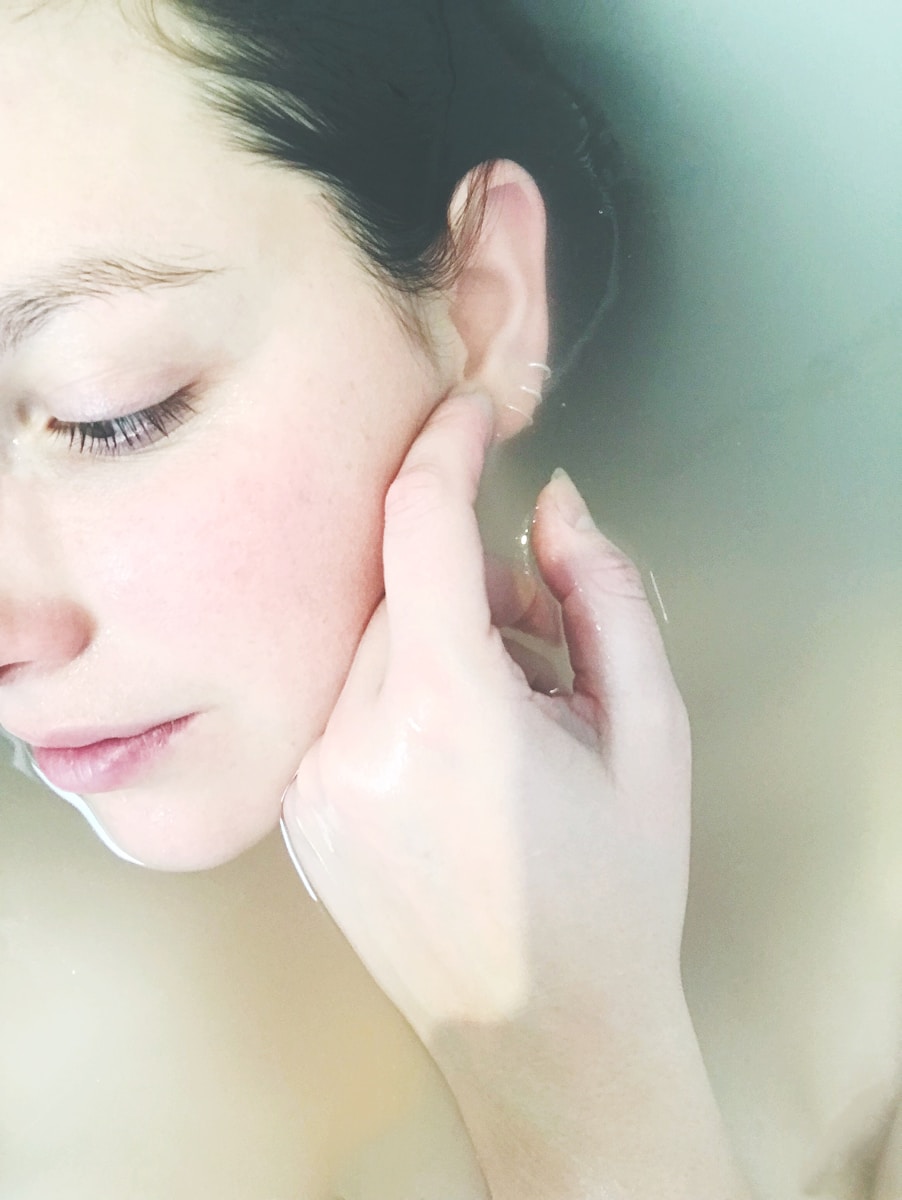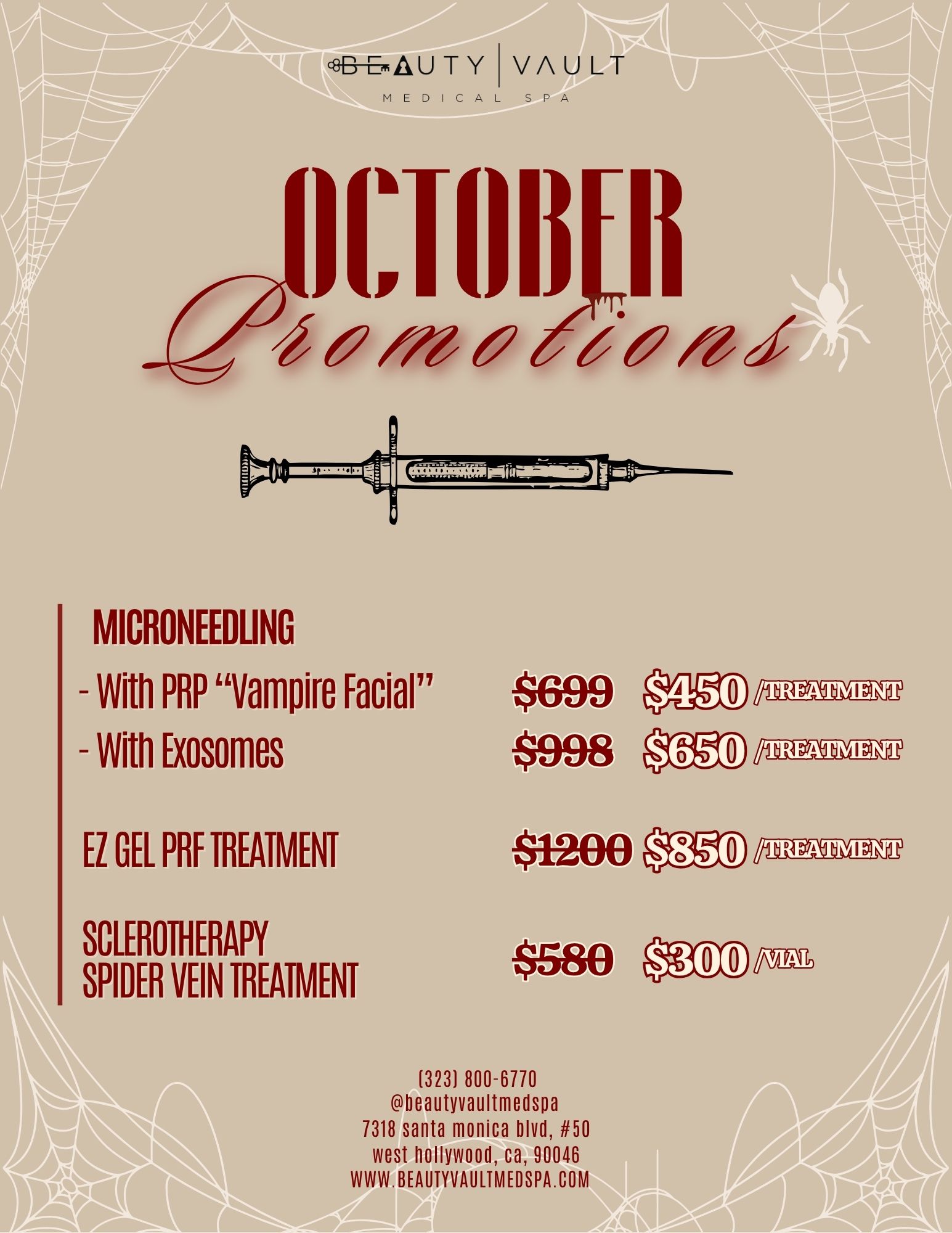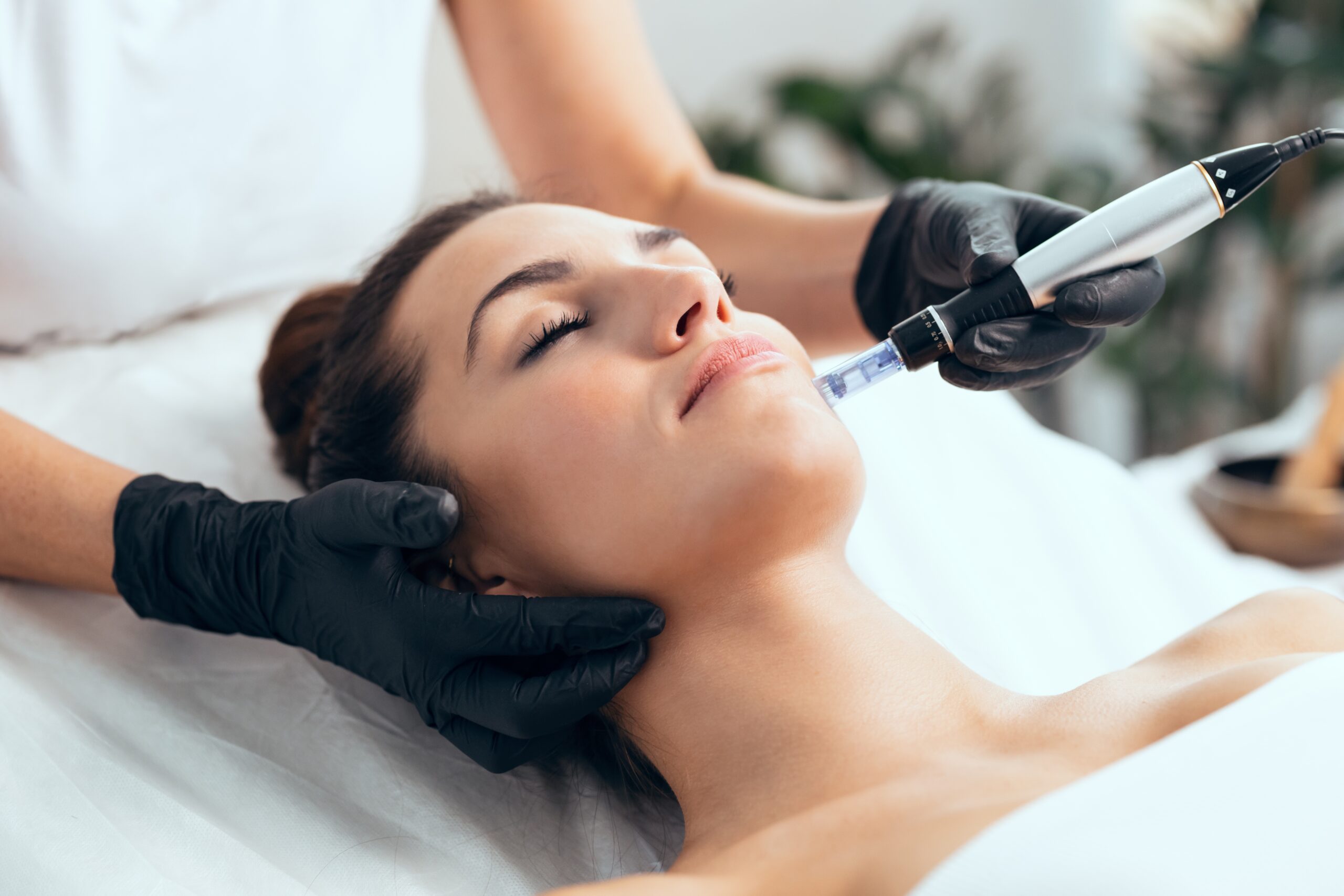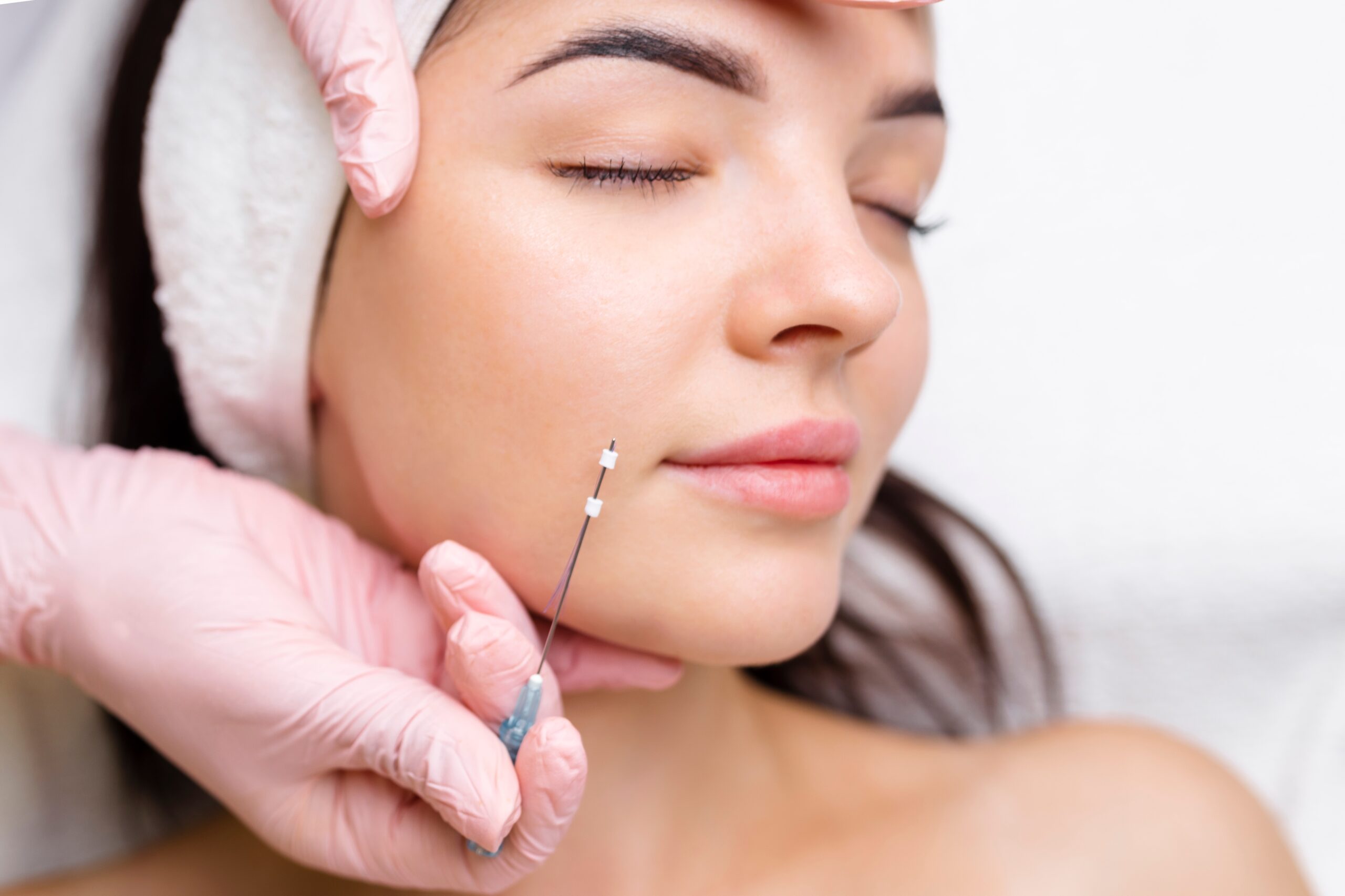The recovery time after a chemical peel treatment depends on how deep your procedure goes. Doctors perform these peels at different strengths, which affects the time it takes to recuperate. This piece explains what happens each day during your chemical peel recovery to help you prepare for the healing process.
Recovery Timeline After a Light Chemical Peel
Light chemical peels give you a gentle way to renew your skin with minimal downtime. Your recovery usually takes about a week. Each phase brings unique changes as your skin heals and refreshes. A good understanding of this process helps you get the best results from your treatment.
Day 1–2: Mild Redness and Tightness
Your skin feels noticeably dry and tight right after a light chemical peel. You might experience mild skin irritation and swelling that feels like a sunburn. This normal reaction happens as the treatment exfoliates your skin’s outer layer.
Prescribed moisturizers help manage any discomfort during this phase. Also, cleanse your face with lukewarm water instead of hot water to avoid more irritation. Many patients get back to their normal activities right away because light peels start skin regeneration quickly.
Day 3–5: Flaking and Peeling Begins
The flaking or peeling starts around day three or four as your top skin layers begin to shed. This usually starts near your mouth and moves toward your jawline and hairline. The peeling hits its peak during this time, and you’ll see larger flakes.
Don’t pull or pick at the flaking skin. This could lead to discoloration and scarring. Keep up with gentle cleansing and moisturizing as needed. Your skin might show more pronounced imperfections or discolorations during this stage, which is perfectly normal.
Day 6–7: Skin Renewal and Visible Glow
Most flaking and peeling wraps up as you reach the week’s end. Pinkness or slight discoloration might last another week or more.
However, your new skin looks smoother and more evenly toned. Patients also see better skin texture and a healthy glow after the peeling ends.
Recovery Timeline After a Medium Chemical Peel
Medium chemical peels give you more intensive skin rejuvenation than light peels, so you’ll need more time to recover. These treatments use trichloroacetic acid (TCA) to penetrate deeper into your skin layers, and you’ll need to pay close attention during healing.
Day 1–3: Swelling and Redness
Your skin will look red and swollen right after a medium chemical peel, and it will sting like a sunburn, especially when you apply products. The reaction is stronger compared to light peels. The skin might also feel tight and dry.
Ice packs can help manage the discomfort if you apply them for 10 minutes each hour. Pain medications from your local pharmacy could help as well. To address the dryness and tightness, consider putting on a protective ointment, like petroleum jelly.
Day 4–7: Crusting and Peeling Phase
The peeling really kicks in by day four and can last a week. Your skin forms a crust and might turn darker or develop brown patches as the swelling goes down. This darker color shows up normally before the peeling starts.
The crust will be blotchy until fresh skin appears underneath. The peeling gets more intense around days five to seven, producing larger flakes.
Again, refrain from picking or peeling your skin, as this could leave scars. Also, use prescribed moisturizers to soothe any tightness you feel, and apply only gentle cleansers.
Week 2: Skin Regeneration and Reduced Discoloration
Peeling slows down significantly during week two while your skin keeps regenerating, and the treated areas usually heal entirely by the end of this period. Fresh, smooth skin emerges and usually takes on a more balanced color around days 13 to 14, though it might still appear pink or red for a few months.
Recovery Timeline After a Deep Chemical Peel
Deep chemical peels are the most intensive type of skin resurfacing that needs several weeks of careful recovery. The healing process takes longer than lighter treatments and requires extra attention to wound care.
Day 1–3: Intense Swelling and Discomfort
Your face will swell and turn red right after a deep chemical peel. The swelling can get so bad that your eyelids might completely shut. You’ll feel burning and throbbing in the treated areas. These reactions show your skin is responding to the treatment.
The Beauty Vault team may put a surgical dressing on your face to keep protective ointment in place during this phase of recovery. You might also need prescription painkillers to assist with managing your discomfort. Cold compresses help reduce swelling, too. Keeping your head elevated helps prevent fluid buildup.
Week 1–2: Crusting, Oozing, and Wound Care
Your skin goes through big changes in the first two weeks. You’ll notice:
- Yellow oozing that forms crusts on the skin.
- Small spots of bleeding that usually stop after 24 hours.
- Itching that antihistamines can help control.
You may want to soak your face and put on fresh ointment several times each day. This routine prevents hard crusts that could leave scars. You must also let peeling skin fall off on its own to avoid scars or other complications.
Week 3–4: Redness Fades, New Skin Forms
New skin starts growing by the third week. Swelling and bruising get better, and you’ll feel less discomfort. Most people can go back to work and some normal activities around this time.
Although your skin might stay red for up to three months after the procedures, you can start using makeup to hide any remaining redness at this stage of recovery.
Factors That Affect Chemical Peel Healing Time
Chemical peel healing depends on your personal traits and the treatment you receive. This knowledge helps you know what to expect during recovery.
Skin Type and Tone Considerations
Your skin’s natural features are vital in determining how long healing takes. People with darker skin tend to face different challenges than those with fair skin, such as:
- Higher risk of post-inflammatory hyperpigmentation.
- Redness or discoloration that lasts longer.
- Changes in pigmentation or dyschromia.
People with darker skin tones often need more time to recover from chemical peels. They usually do better with gentler treatments that reduce complications.
Depth and Strength of the Peel
Your recovery time relates directly to the intensity of the peel. Superficial peels touch only the epidermis and need minimal downtime. Medium peels go through the papillary dermis into the upper reticular dermis and take longer to heal. Deep peels reach the mid-reticular dermis and need the longest recovery time.
Pre-Treatment Skin Condition
Your skin’s health before treatment is a big influence on your healing time. Note that good preparation can speed up your recovery. The most helpful thing you can do is use topical agents like tretinoin (0.025% to 0.05%) or glycolic acids (5-10%) to thin the outermost layer of your skin, starting about two to four weeks before the procedure.
Post-Peel Care and Sun Protection
Your aftercare routine shapes your healing time dramatically. Good hydration helps your skin regenerate, so drink plenty of water and use gentle moisturizers. Skip activities that make you hot and sweaty to avoid inflammation that slows recovery.
Sun protection matters, too. New skin can easily get UV damage because its protective barrier is temporarily gone. You must apply broad-spectrum sunscreen regularly to prevent issues like hyperpigmentation.
Signs of Infection or Scarring
These developments could indicate complications that might need medical attention:
- Excessive redness, swelling, or pain beyond what’s expected
- Development of blisters, pustules, or lesions
- Unusual or severe skin discoloration
- Formation of hard crusts or scarring
- Signs of infection, such as fever or pus formation
Work Out a Chemical Peel Recovery Plan with the Beauty Vault Team
The Beauty Vault team in West Hollywood understands that you want to heal from your chemical peel as quickly and effectively as possible. They’ll help you know what to expect and how to ensure that the recovery process goes well. Just call them today at (323) 800-6770 or fill out a contact form to learn more.
FAQs
Q1. How long does it typically take to recover from a chemical peel? Recovery time varies depending on the type of peel. Light peels usually heal within one to seven days, medium peels take about one to two weeks, and deep peels may require two to three weeks or longer for complete recovery.
Q2. What can I expect in the first few days after a chemical peel? In the initial days following a chemical peel, you may experience redness, mild swelling, and a sensation similar to a sunburn. Your skin might feel tight and dry, and you may notice some flaking or peeling beginning around the third to fifth day.
Q3. When can I return to work after a chemical peel? The time off work depends on the peel’s intensity. For light peels, you can usually return immediately. Medium peels might require five to seven days off, while deep peels could necessitate up to two weeks away from work due to more significant peeling and redness.
Q4. How should I care for my skin after a chemical peel? Post-peel care involves gentle cleansing, regular moisturizing, and diligent sun protection. Avoid picking at peeling skin, stay out of direct sunlight, and refrain from activities that cause excessive sweating. Follow the Beauty Vault team’s specific aftercare instructions for optimal healing.








